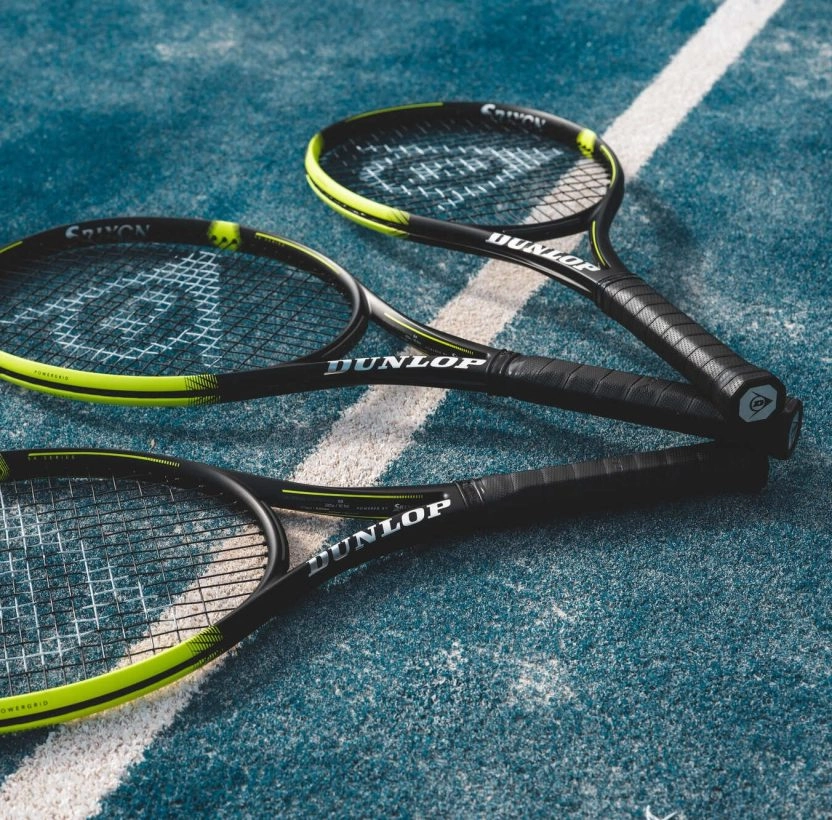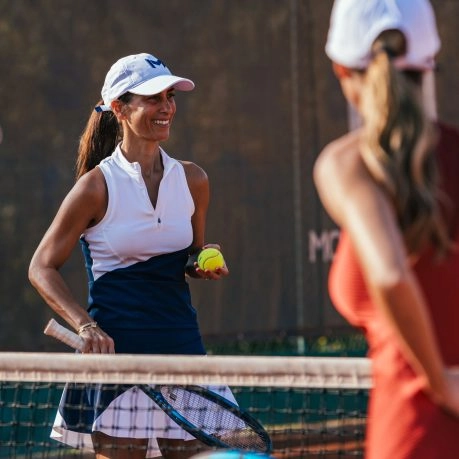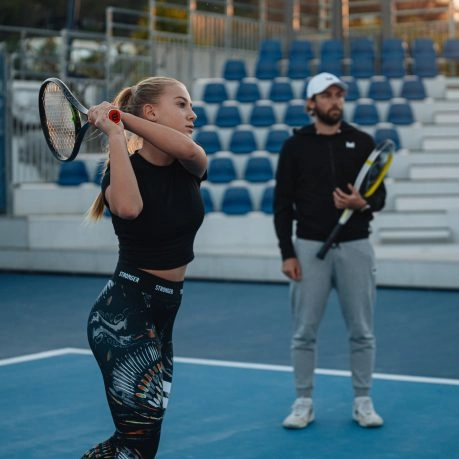1. The basic position
The basic volley position starts with a solid position at the net. The shoulders should be slightly forward, with the arms off the body and the racket in front of you. The recommended racket grip is often the hammer grip to facilitate transitions between forehand and backhand.






















